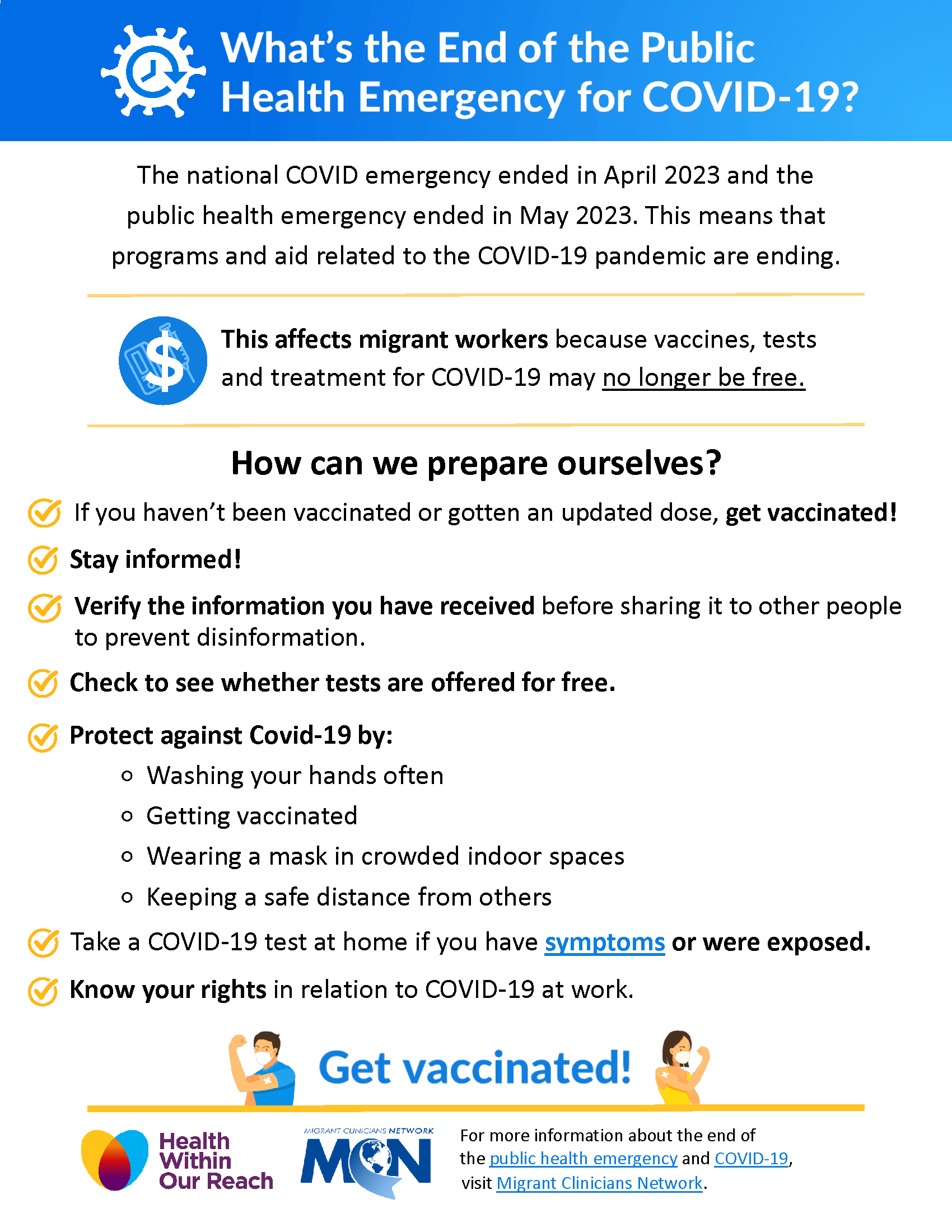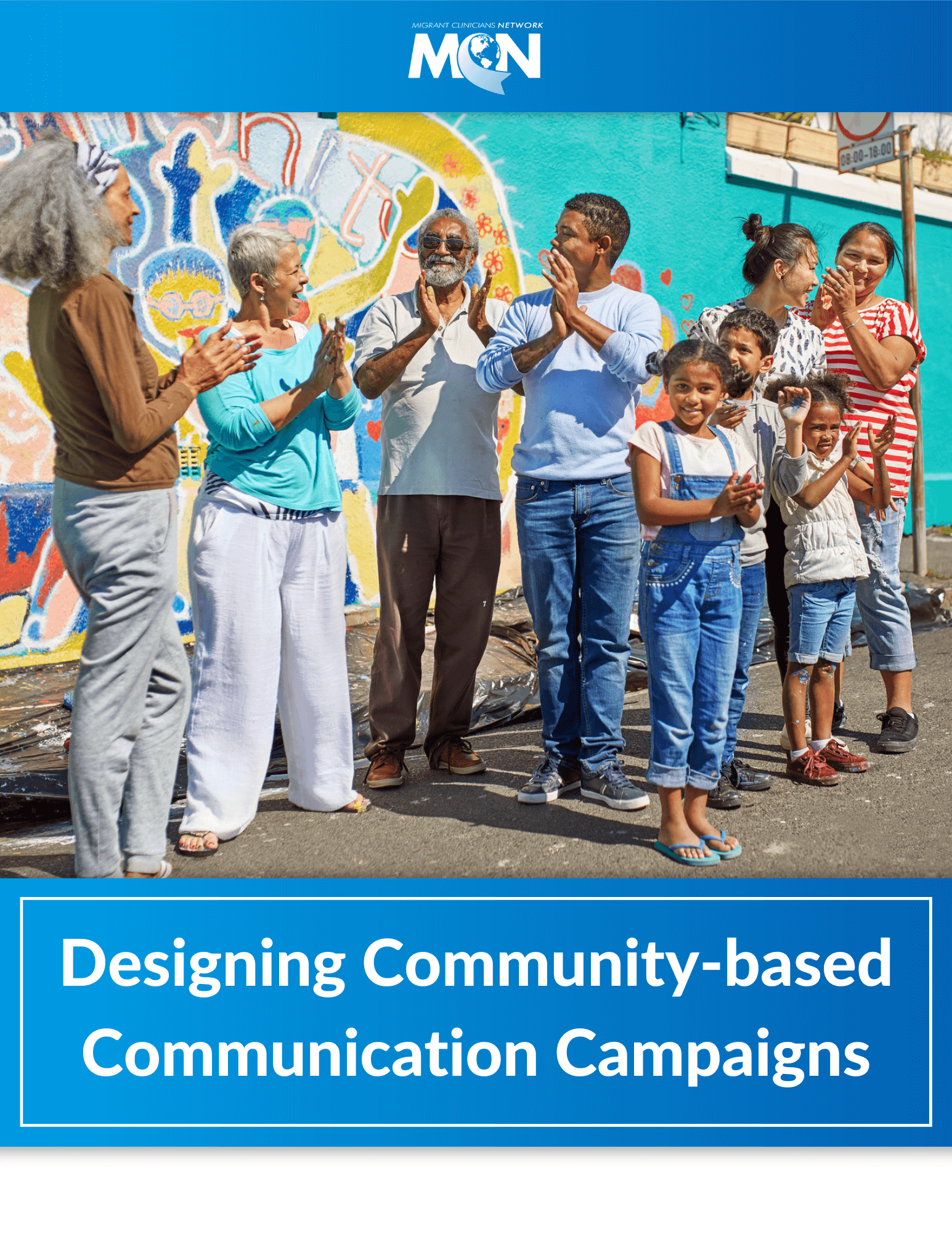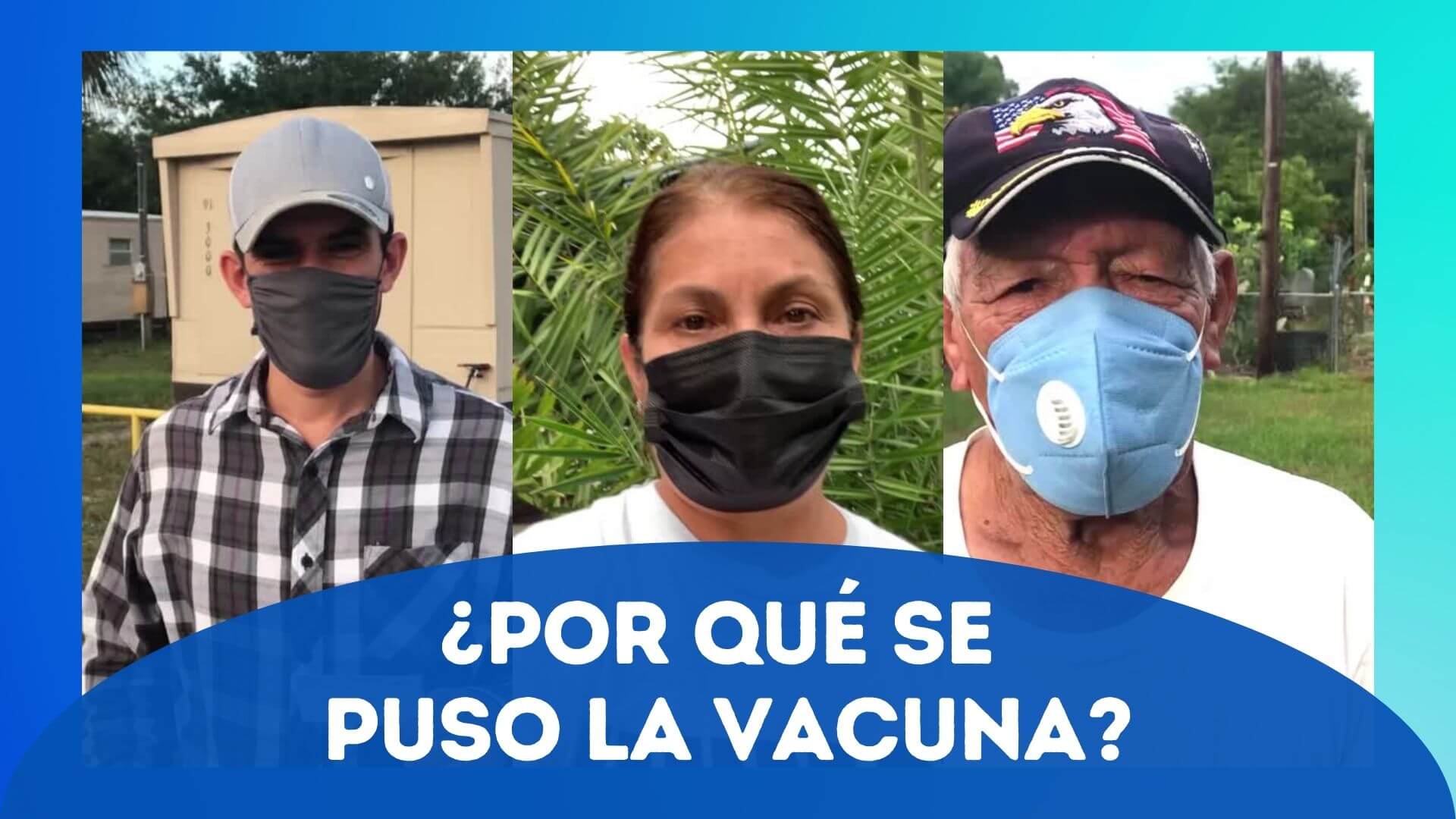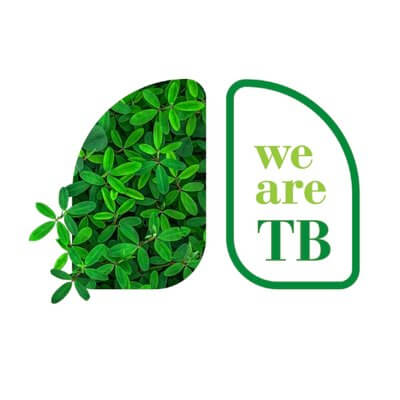This colorful bilingual comic addresses workers' compensation and immigrant dairy farm workers’ rights and responsibilities. It tells the story of a Mexican dairy farm worker who is injured on the job and the steps he and his employer take to make sure he receives his benefits, and the farm improves its safety.
- DairyWrkrRightsWrkComp_ENG2016_web.pdf (7.78 MB)
- DairyWrkrRightsWrkComp_ESP2016_web.pdf (7.92 MB)
- COMIC - Safety and Health on the Farm - New Mexico - English.pdf (3.4 MB)
- COMIC - Safety and Health on the Farm - New Mexico - Spanish.pdf (3.41 MB)
- COMIC - Safety and Health on the Farm - New York - English.pdf (3.45 MB)
- COMIC - Safety and Health on the Farm - New York - Spanish.pdf (3.46 MB)
- COMIC - Safety and Health on the Farm -Minnesota -English.pdf (7.78 MB)
- COMIC - Safety and Health on the Farm - Minnesota - Spanish_0.pdf (7.91 MB)
This pilot project was a collaborative effort involving project partners Futures Without Violence, Alianza Nacional de Campesinas, Líderes Campesinas, RAND, and Migrant Clinicians Network and was made possible with the support of California's ACEs Aware initiative through the UCLA-UCSF ACEs Aware Family Resilience Network (UCAAN) pilot program.
Education, screening, and response with evidence-based interventions are critical to addressing ACEs. However, ACEs education and screening that are culturally aware are not currently reaching farmworker communities in California. NACES aimed to increase opportunities for farmworkers to inform health care screening and responses to ACEs, increase ACEs education in farmworker communities, build partnerships between community health centers and community-based organizations, and ultimately improve access to care.
The project was divided into two parts, a community-based component presented in this report and a clinical component that examines how the results and recommendations of this community-based portion changed health center outreach, education, and response to ACEs. The community-based component was divided into two phases. Phase 1 involved the evaluation of farmworker leader training and Phase 2, the evaluation of the peer-led farmworker training.
The evaluation team employed a participatory action research (PAR) approach, developing instruments, presenting, and validating results with the partners to ensure active participation and collective action from all project partners and the farmworker leaders themselves.
This pilot project was a collaborative effort involving project partners Futures Without Violence, Alianza Nacional de Campesinas, Líderes Campesinas, RAND, and Migrant Clinicians Network and was made possible with the support of California's ACEs Aware initiative through the UCLA-UCSF ACEs Aware Family Resilience Network (UCAAN) pilot program.
Education, screening, and response with evidence-based interventions are critical to addressing ACEs. However, ACEs education and screening that are culturally aware are not currently reaching farmworker communities in California. NACES aimed to increase opportunities for farmworkers to inform health care screening and responses to ACEs, increase ACEs education in farmworker communities, build partnerships between community health centers and community-based organizations, and ultimately improve access to care.
The project was divided into two parts, a community-based component presented in this report and a clinical component that examines how the results and recommendations of this community-based portion changed health center outreach, education, and response to ACEs. The community-based component was divided into two phases. Phase 1 involved the evaluation of farmworker leader training and Phase 2, the evaluation of the peer-led farmworker training.
The evaluation team employed a participatory action research (PAR) approach, developing instruments, presenting, and validating results with the partners to ensure active participation and collective action from all project partners and the farmworker leaders themselves.
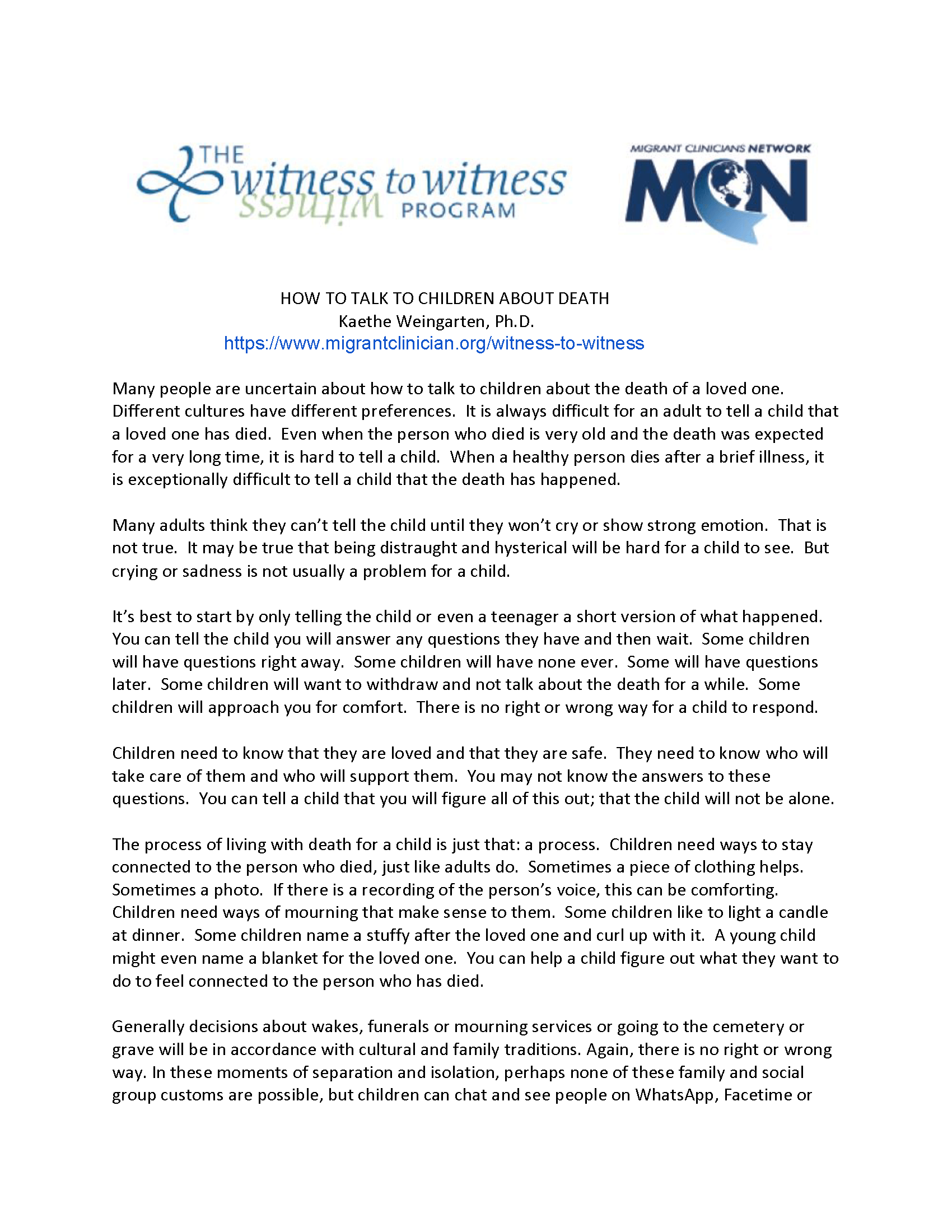
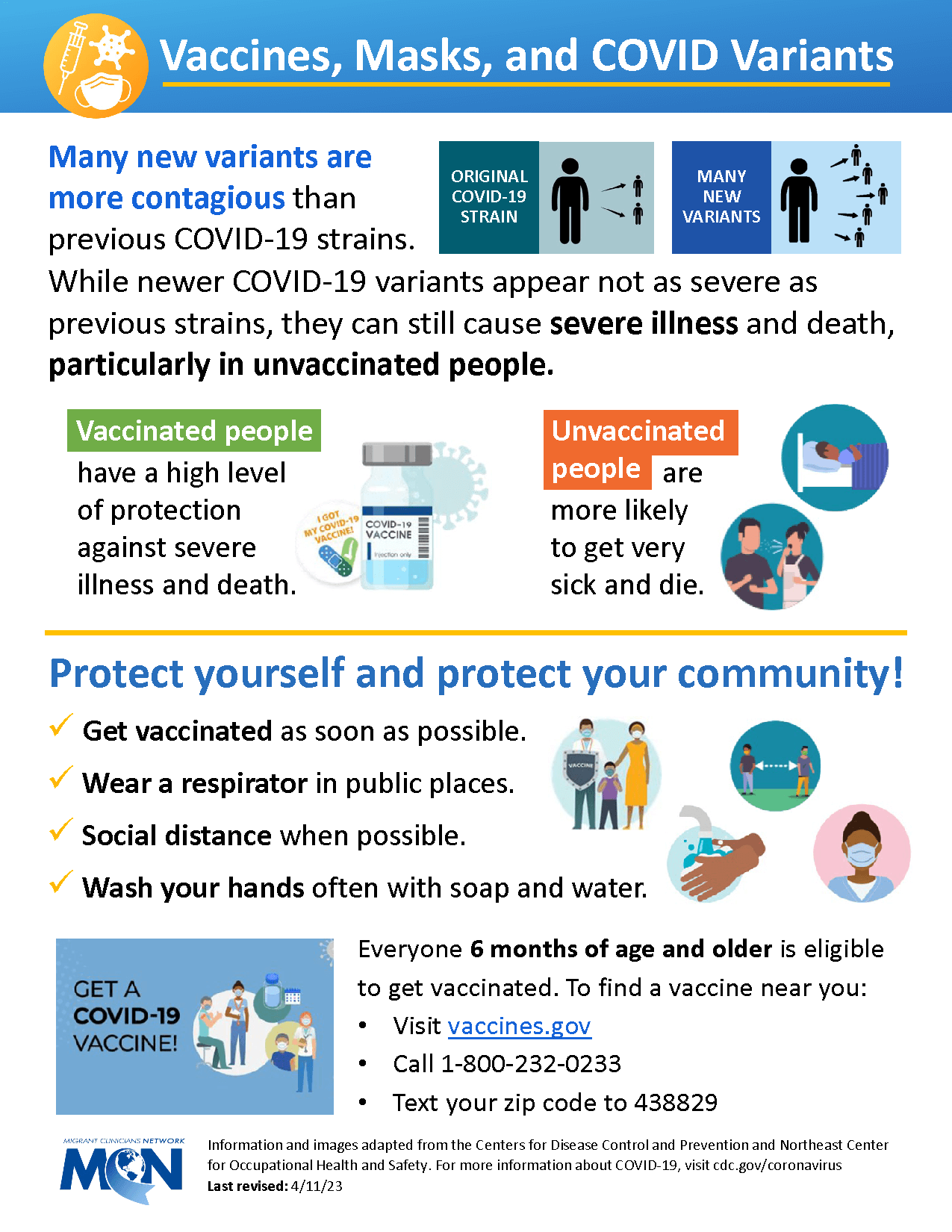
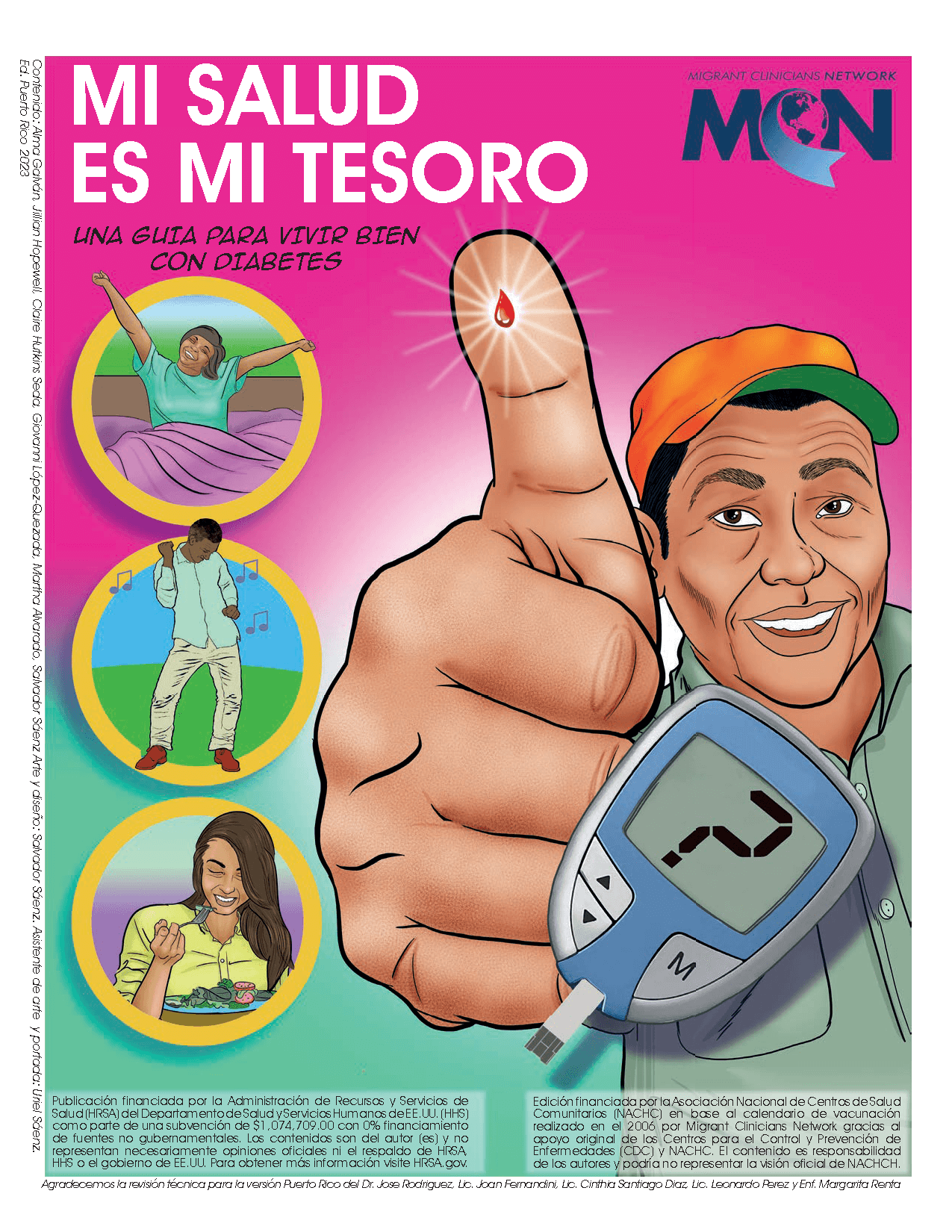
La diabetes es una condición de salud común pero complicada que enfrentan los trabajadores agrícolas. Para ayudarles a conocer sobre esta enfermedad, Migrant Clinicians Network se asoció con Salvador Sáenz (artista profesional y coloborador) para crear "Mi salud es mi tesoro: una guía para vivir bien con diabetes". Este libro cómico en español explora el tema a través de la historia de un trabajador agrícola, quien recientemente fue diagnosticado con diabetes.

La diabetes es una condición de salud común pero complicada que enfrentan los trabajadores agrícolas. Para ayudarles a conocer sobre esta enfermedad, Migrant Clinicians Network se asoció con Salvador Sáenz (artista profesional y coloborador) para crear "Mi salud es mi tesoro: una guía para vivir bien con diabetes". Este libro cómico en español explora el tema a través de la historia de un trabajador agrícola, quien recientemente fue diagnosticado con diabetes.
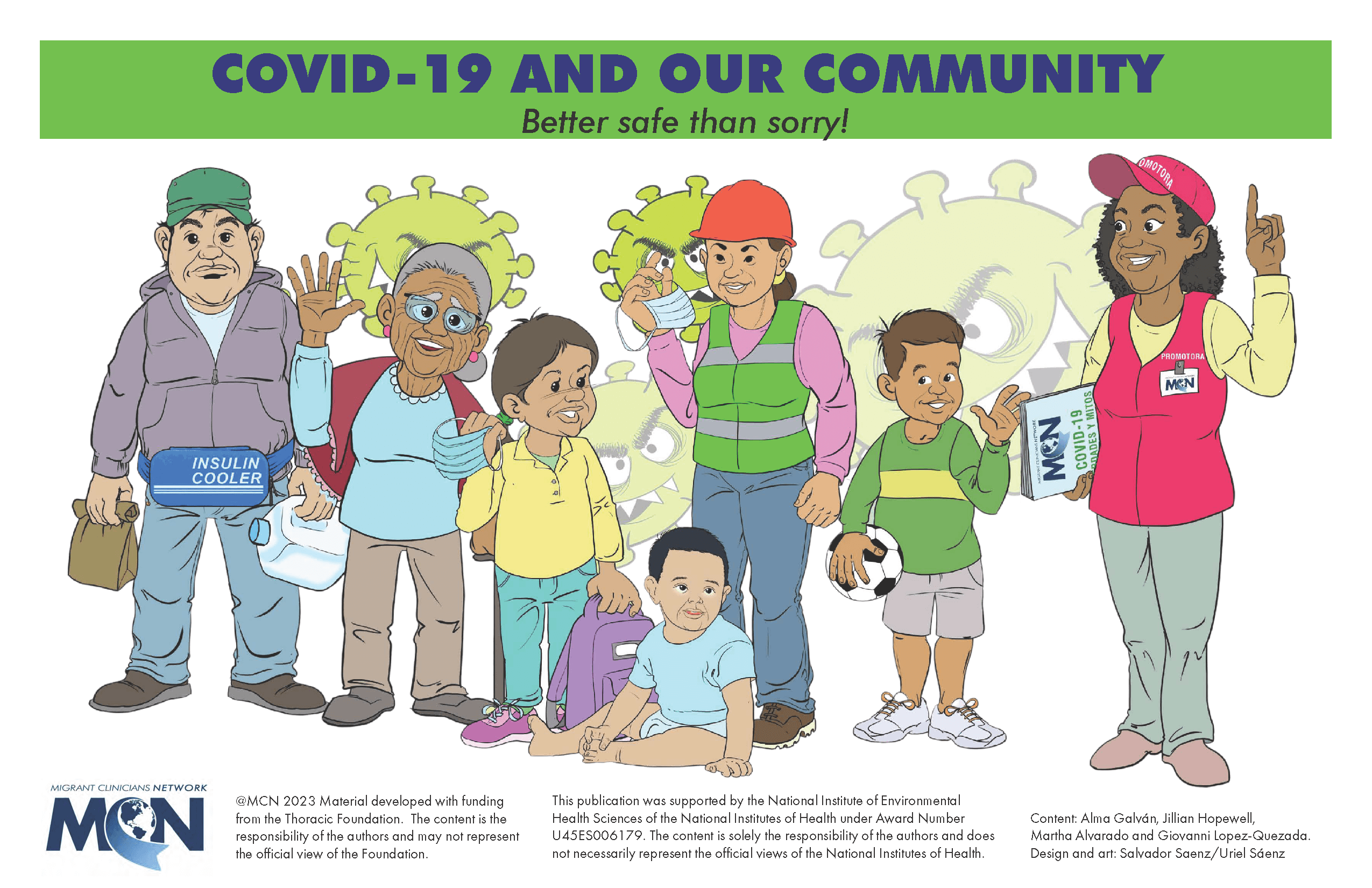
COVID-19 and Our Community: Better Safe Than Sorry! is an educational material to support the work of community health workers on COVID-19 and its prevention. It is complemented by a guide with concrete suggestions on how to use the flipchart and links to resources for those who want to delve deeper into the subject and investigate if there are any changes in the information.
The flipchart includes basic concepts of COVID-19, prevention and vaccination in the form of clear and simple messages that are supported by culturally appropriate illustrations to facilitate the process of communicating and transmitting information to community members. You can download these resources for free in both English and Spanish.

COVID-19 and Our Community: Better Safe Than Sorry! is an educational material to support the work of community health workers on COVID-19 and its prevention. It is complemented by a guide with concrete suggestions on how to use the flipchart and links to resources for those who want to delve deeper into the subject and investigate if there are any changes in the information.
The flipchart includes basic concepts of COVID-19, prevention and vaccination in the form of clear and simple messages that are supported by culturally appropriate illustrations to facilitate the process of communicating and transmitting information to community members. You can download these resources for free in both English and Spanish.
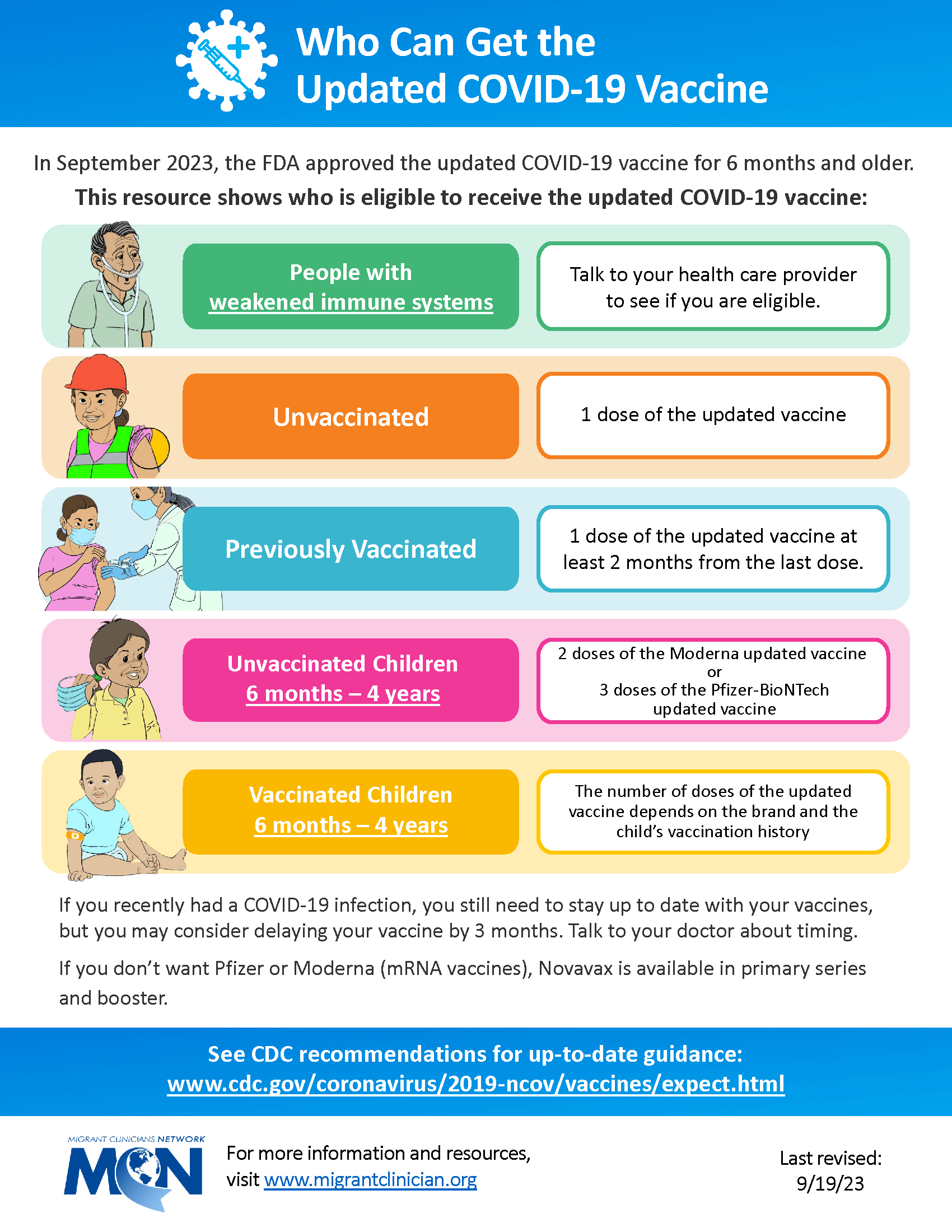

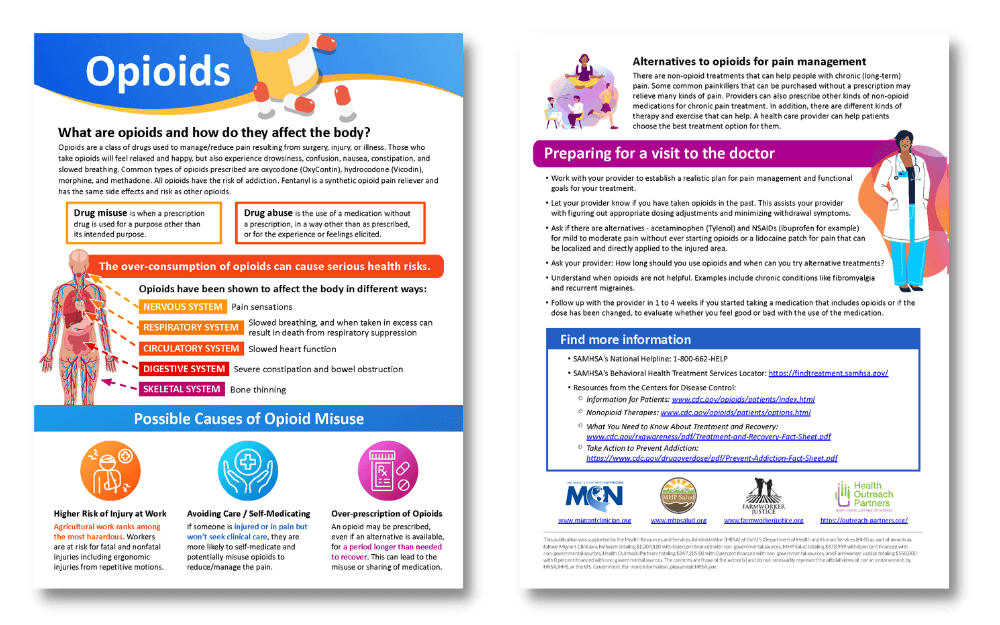
- 2023-3-24_Opioids-patient-resource.pdf (1.76 MB)
- 2023-3-24_Opioides-recurso-paciente.pdf (1.76 MB)

- 2023-3-24_Opioids-patient-resource.pdf (1.76 MB)
- 2023-3-24_Opioides-recurso-paciente.pdf (1.76 MB)
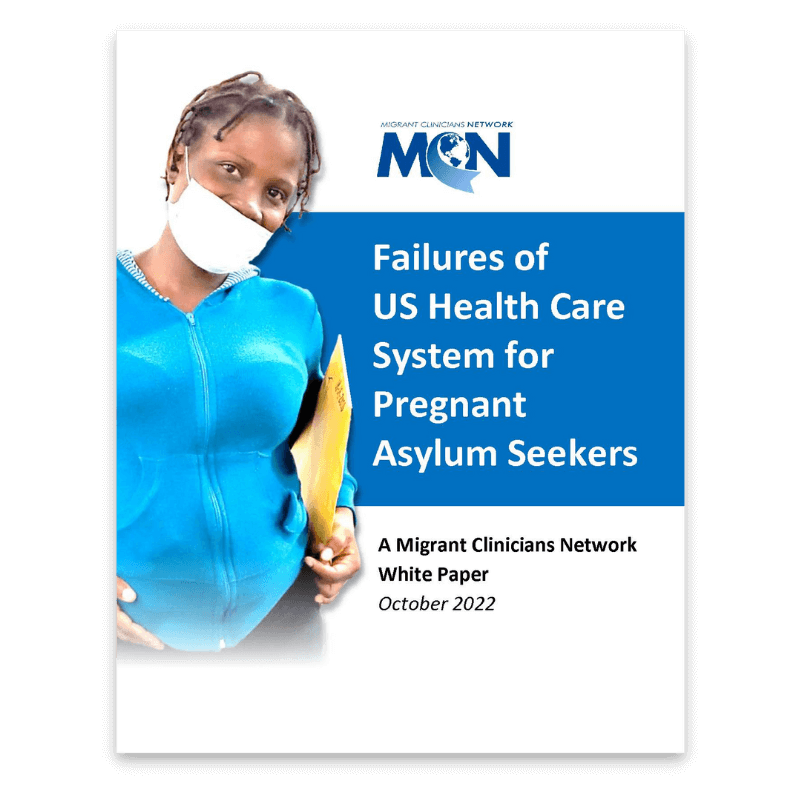
Migrant Clinicians Network's white paper, “Failures of US Health Care System for Pregnant Asylum Seekers,” outlines how pregnant asylum seekers who have been released into the US to await their asylum hearing face extreme obstacles to secure prenatal care, despite their legal presence within the country.
Without prenatal care, infants will not have the benefit of early screening and treatment for potentially life-threatening diseases and screening for congenital abnormalities, while in utero. Additionally, pregnancies without prenatal care may result in excess utilization of emergency services which produces unforeseen strain on the health care system.
Knowledge of prenatal care needs, cost, lack of insurance, transportation, refusal by health centers, and fear are delineated as key barriers for pregnant asylum seekers from accessing the care they need during their pregnancy.
Press contact: Claire Hutkins Seda, cseda@migrantclinician.org.
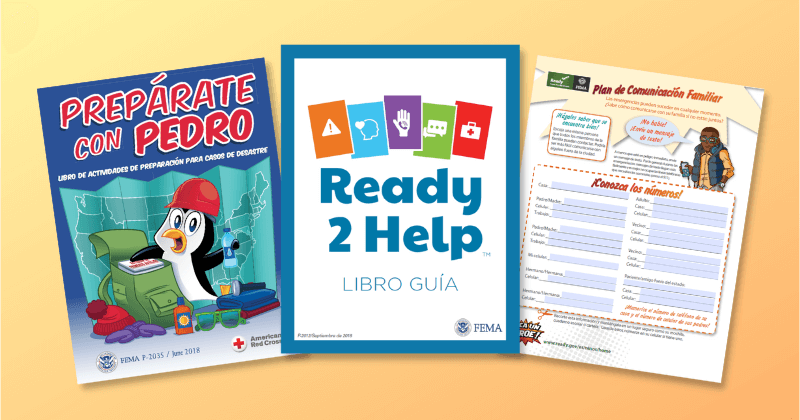
- Juego Ready 2 Help Guia.pdf (5.76 MB)
- Juego Ready 2 Help.pdf (1.09 MB)
- Preparate con Pedro - comic.pdf (6.21 MB)
- 12 formas de prepararse.pdf (288.86 KB)
- Documente y asegure su propiedad.pdf (1.35 MB)
- Plan de comunicacion familiar ninos.pdf (1.56 MB)
- Plan de comunicacion familiar padres completo.pdf (966.72 KB)
- Plan de comunicacion familiar padres.pdf (265.43 KB)

- Contaminacion del agua-Info1-La vuelta al mundo_0.pdf (246.73 KB)
- Contaminacion del agua-Info2-Personalidad_0.pdf (148.16 KB)
- Contaminacion del agua-Info3-Leyes y costumbres_0.pdf (124.07 KB)
- Contaminacion del agua-Info4-En la practica_0.pdf (147.93 KB)
- Contaminacion del agua-Info5-Comic_0.pdf (248.47 KB)
- Contaminacion del agua-Lluvia de ideas_0.pdf (77.55 KB)
- Contaminacion del agua-Organizador grafico_0.pdf (79.69 KB)
- Contaminacion del agua-Quiz_0.pdf (128.38 KB)
- Contaminacion del agua-Vocabulario_0.pdf (75.77 KB)

- Juego Ready 2 Help Guia.pdf (5.76 MB)
- Juego Ready 2 Help.pdf (1.09 MB)
- Preparate con Pedro - comic.pdf (6.21 MB)
- 12 formas de prepararse.pdf (288.86 KB)
- Documente y asegure su propiedad.pdf (1.35 MB)
- Plan de comunicacion familiar ninos.pdf (1.56 MB)
- Plan de comunicacion familiar padres completo.pdf (966.72 KB)
- Plan de comunicacion familiar padres.pdf (265.43 KB)

- Contaminacion del agua-Info1-La vuelta al mundo_0.pdf (246.73 KB)
- Contaminacion del agua-Info2-Personalidad_0.pdf (148.16 KB)
- Contaminacion del agua-Info3-Leyes y costumbres_0.pdf (124.07 KB)
- Contaminacion del agua-Info4-En la practica_0.pdf (147.93 KB)
- Contaminacion del agua-Info5-Comic_0.pdf (248.47 KB)
- Contaminacion del agua-Lluvia de ideas_0.pdf (77.55 KB)
- Contaminacion del agua-Organizador grafico_0.pdf (79.69 KB)
- Contaminacion del agua-Quiz_0.pdf (128.38 KB)
- Contaminacion del agua-Vocabulario_0.pdf (75.77 KB)

Migrant Clinicians Network's white paper, “Failures of US Health Care System for Pregnant Asylum Seekers,” outlines how pregnant asylum seekers who have been released into the US to await their asylum hearing face extreme obstacles to secure prenatal care, despite their legal presence within the country.
Without prenatal care, infants will not have the benefit of early screening and treatment for potentially life-threatening diseases and screening for congenital abnormalities, while in utero. Additionally, pregnancies without prenatal care may result in excess utilization of emergency services which produces unforeseen strain on the health care system.
Knowledge of prenatal care needs, cost, lack of insurance, transportation, refusal by health centers, and fear are delineated as key barriers for pregnant asylum seekers from accessing the care they need during their pregnancy.
Press contact: Claire Hutkins Seda, cseda@migrantclinician.org.
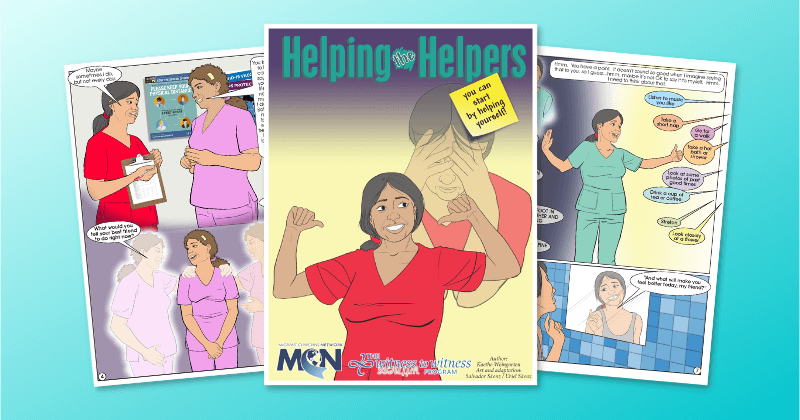
Among the many obligations health care providers have to their patients, their families and life in general, they forget to put themselves on the priority list. This comic book dedicated to health care providers reminds them how important it is to take care of themselves to meet the needs of their patients and families. It also offers simple self-care steps to improve overall wellness.

Among the many obligations health care providers have to their patients, their families and life in general, they forget to put themselves on the priority list. This comic book dedicated to health care providers reminds them how important it is to take care of themselves to meet the needs of their patients and families. It also offers simple self-care steps to improve overall wellness.
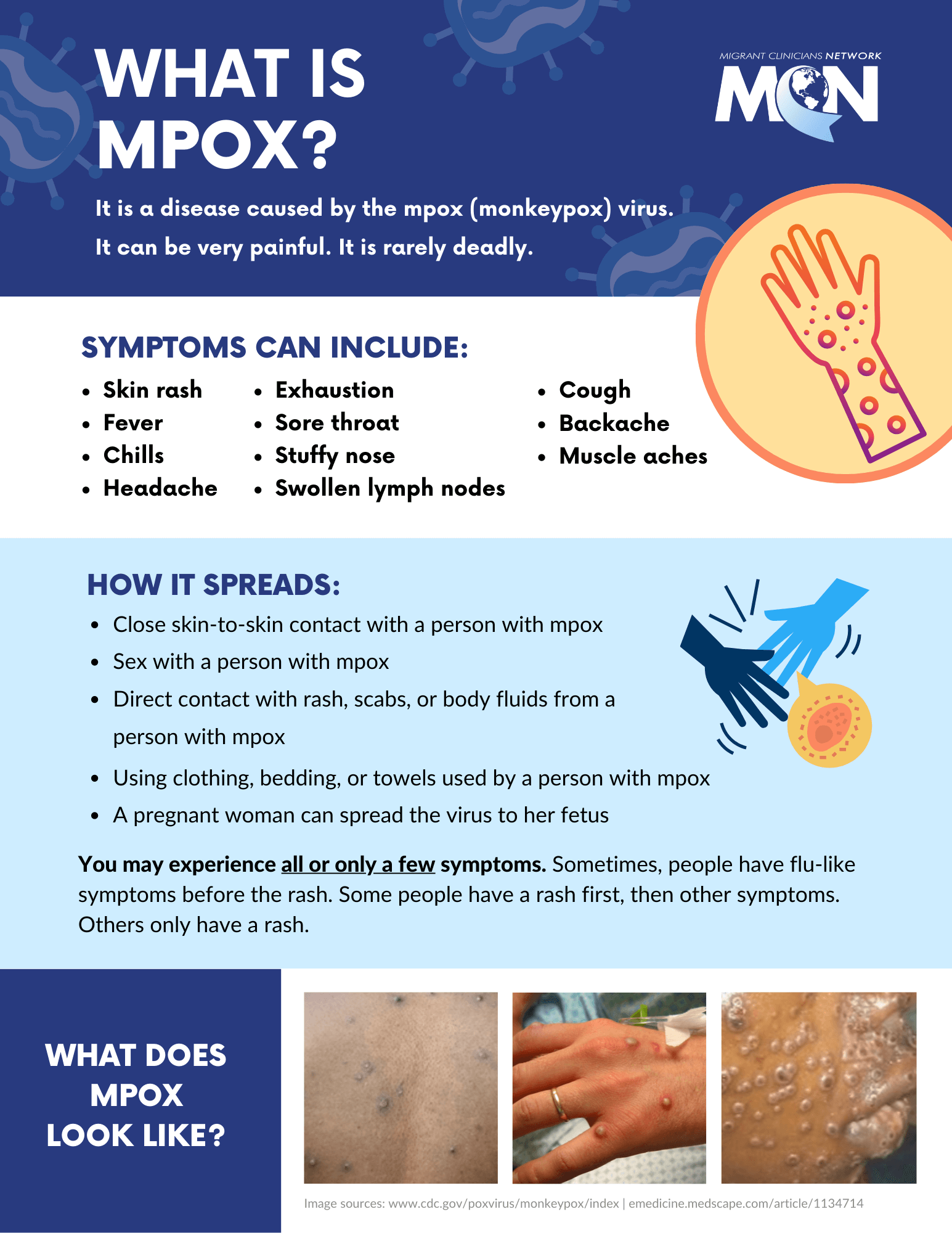
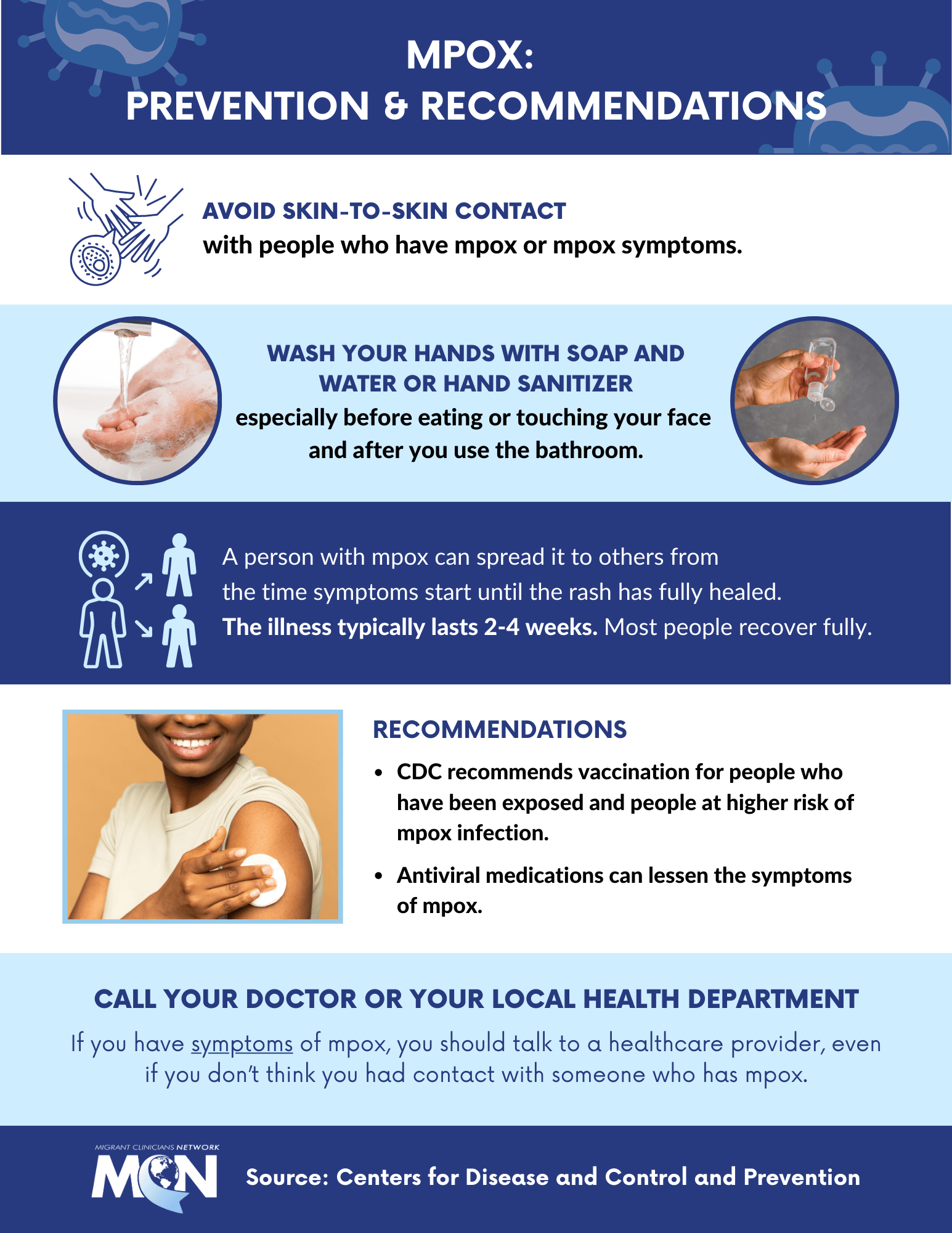
- 2022-9-6_Viruela-del-mono-Prevencion+Recomendaciones_imagen.png (193.95 KB)
- 2023-1-26_What-is-Mpox_Handout.pdf (1.26 MB)
- 2023-1-26_What-is-Mpox_Image.png (207.81 KB)
- 2023-1-26_Mpox-Prevention-and-Recommendations_Handout.pdf (1.11 MB)
- 2023-1-26_Mpox-Prevention-and-Recommendations_Image.png (194.02 KB)
- 2023-1-26_Que-es-Mpox.pdf (1.26 MB)
- 2023-1-26_Que-es-Mpox_Imagen.png (223.59 KB)
- 2023-1-26_Mpox-Prevencion-y-Recomendaciones.pdf (1.11 MB)
- 2023-1-26_Mpox-Prevencion-y-Recomendaciones_Imagen.png (197.04 KB)


- 2022-9-6_Viruela-del-mono-Prevencion+Recomendaciones_imagen.png (193.95 KB)
- 2023-1-26_What-is-Mpox_Handout.pdf (1.26 MB)
- 2023-1-26_What-is-Mpox_Image.png (207.81 KB)
- 2023-1-26_Mpox-Prevention-and-Recommendations_Handout.pdf (1.11 MB)
- 2023-1-26_Mpox-Prevention-and-Recommendations_Image.png (194.02 KB)
- 2023-1-26_Que-es-Mpox.pdf (1.26 MB)
- 2023-1-26_Que-es-Mpox_Imagen.png (223.59 KB)
- 2023-1-26_Mpox-Prevencion-y-Recomendaciones.pdf (1.11 MB)
- 2023-1-26_Mpox-Prevencion-y-Recomendaciones_Imagen.png (197.04 KB)
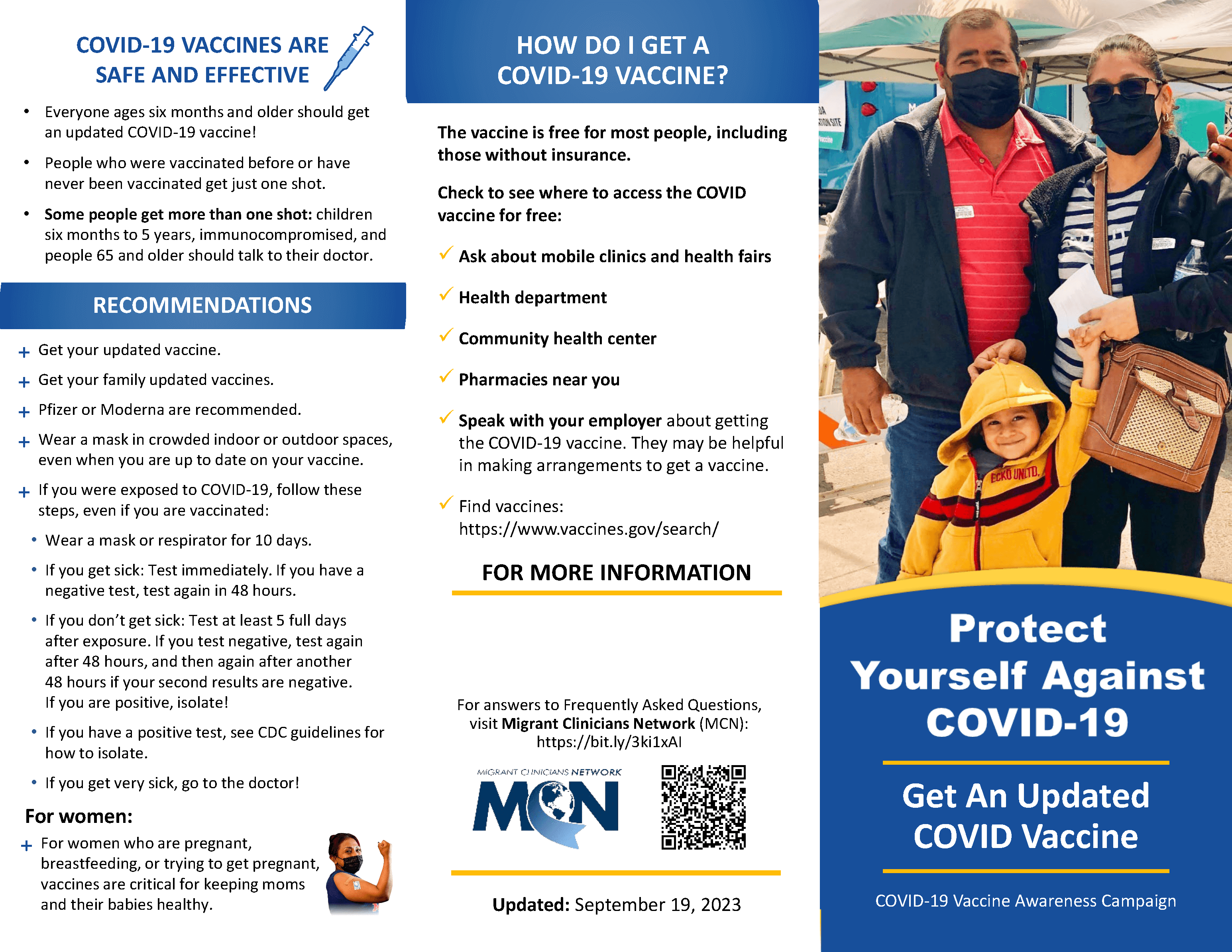
- 2023-10-05_General-COVID-Vaccine-Trifold_Handout_1.pdf (582.8 KB)
- 2023-10-05_General-COVID-Vaccine-Trifold_Handout_Template_1.pptx (2.67 MB)
- 2023-10-05_General-COVID-Vacuna-Tríptico_Material-de-apoyo_1.pdf (607.45 KB)
- 2023-10-05_General-COVID-Vacuna-Tríptico_Material-de-apoyo_Plantilla_1.pptx (2.66 MB)
- 2023-10-5_Modèl_depliyan_sou-vaksen-COVID-Jeneral_1.pdf (594.07 KB)
- 2023-10-5_Modèl_depliyan_sou-vaksen-COVID-Jeneral_1.pptx (2.58 MB)
These image-centric and engaging resources can help clinicians reach refugee, immigrant, and migrant communities with important information regarding getting vaccinated. The flyers are available in English, Spanish, and Haitian Creole, and both pre-made and editable versions are available. Users can insert their organization logo as well as state-specific information such as their state vaccine sign-up website and vaccine customer service phone number. Along with these fliers, MCN has created a simple ‘how-to’ video (see above) for editing the fliers.
The original designs for this resource were created by a staff member of East Coast Migrant Head Start Project who is the daughter of a farmworker, and who had once gone to East Coast Migrant Head Start Project centers herself. The flyers were adapted by MCN.
- 9-26-23_What-To-Expect-COVID19-Vaccine_English-Handout.pdf (288.57 KB)
- 9-26-23_Que-saber-sobre-la-vacuna-contra-COVID_flyer_Template.pdf (301.65 KB)
- 9-26-23_Ki-sa-pou-ou-atann-le-w-ap-resevwa-vaksen-COVID19.pdf (291.1 KB)
- 9-26-23_What-To-Expect-COVID19-Vaccine_English-Template.pptx (1.58 MB)
- 9-26-23_Que-saber-sobre-la-vacuna-contra-COVID_flyer.pptx (1.52 MB)
- 9-26-23_Ki-sa-pou-ou-atann-le-w-ap-resevwa-vaksen-COVID19_Template.pptx (1.58 MB)
